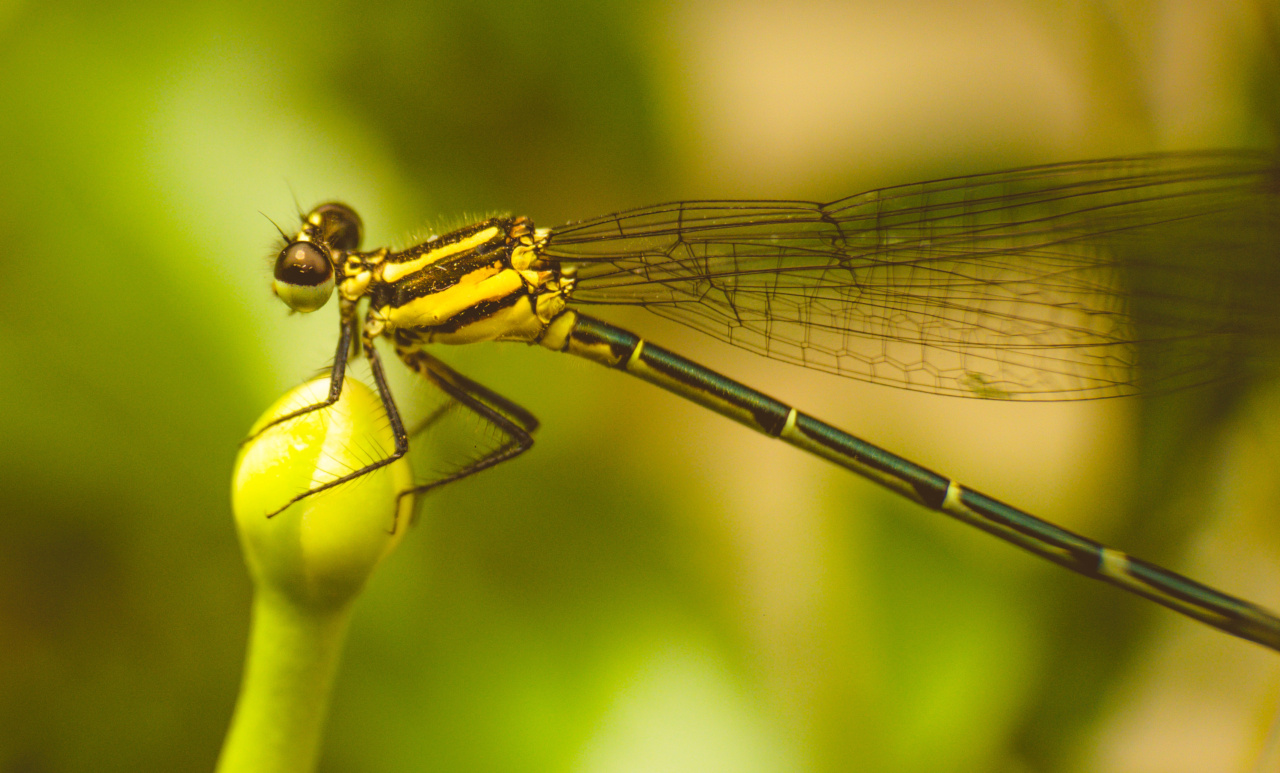Are you tired of constantly swatting away insects and pests during outdoor activities? Do you want to enjoy the serene beauty of nature without the constant annoyance of mosquito bites or ant stings? Look no further! We have a simple solution for you – an easy peasy homemade insect repellent. Using natural ingredients, this repellent will keep those pesky insects at bay, allowing you to enjoy your time outdoors without any discomfort or worries.
In this article, we will guide you through the process, providing you with step-by-step instructions and tips along the way. Let’s get started!.
Why Choose a Natural Insect Repellent?
Natural insect repellents offer numerous advantages over their chemical counterparts. Traditional repellents often contain harmful synthetic chemicals that can have adverse effects on our health and the environment.
On the other hand, natural repellents are made from plant-based ingredients that act as powerful deterrents for insects while being safe for human use. By opting for a natural insect repellent, you not only protect yourself but also contribute to the preservation of our delicate ecosystem.
The Ingredients You’ll Need
Fortunately, the ingredients required for making this easy peasy insect repellent are readily available and affordable. Here’s what you’ll need:.
1. Essential oils: Choose from a variety of essential oils known for their insect-repellent properties, such as citronella, lemongrass, eucalyptus, lavender, or peppermint.
You can use a single oil or combine different ones for a pleasant aroma.
2. Carrier oil: Select a carrier oil, such as coconut oil or almond oil, as a base for diluting the essential oils. Carrier oils help the essential oils spread evenly on the skin and provide additional moisturizing benefits.
3. Witch hazel: Witch hazel acts as an excellent natural preservative and helps bind the ingredients together. It is easily available in most drugstores or online.
4. Distilled water: Distilled water serves as a diluting agent and ensures the repellent is gentle on the skin. Avoid using tap water, as it may contain impurities that can affect the repellent’s effectiveness.
5. Optional ingredients: You can add a few drops of vegetable glycerin to enhance the repellent’s effectiveness and longevity. Additionally, some individuals find the scent of insects repulsive.
Adding a few drops of a non-insect-attracting fragrance oil, such as vanilla or rose, can help mask your natural scent.
The Step-by-Step Process
Now that you have gathered all the necessary ingredients let’s dive into the step-by-step process of making your very own easy peasy insect repellent:.
Step 1: Prepare a Clean Work Area
Ensure your work area is clean and sanitized. It is crucial to maintain hygiene throughout the preparation process to avoid contamination.
Step 2: Choose Your Essential Oils
Select the essential oils you will be using for your insect repellent. As mentioned earlier, citronella, lemongrass, eucalyptus, lavender, and peppermint are popular choices.
These oils not only repel insects, but they also possess pleasant aromas that you may enjoy.
Step 3: Decide on the Essential Oil Blend
Now, it’s time to decide whether you want to use a single essential oil or create a blend. Experimenting with different combinations can give you a fragrance that suits your preferences.
Remember to consider the potential skin sensitivity some oils may cause, especially if you have sensitive skin.
Step 4: Prepare the Carrier Oil Mixture
Measure the desired amount of carrier oil – typically around 4 ounces – and pour it into a clean glass jar or container. Carrier oils ensure the essential oils are adequately diluted, making them safe for use on the skin.
Coconut oil and almond oil are excellent choices due to their moisturizing properties.
Step 5: Add Essential Oils to the Carrier Oil
Add approximately 25-30 drops of your chosen essential oil(s) to the carrier oil.
Adjust the number of drops according to your preference – a more concentrated solution will be stronger, while a lighter concentration may require more frequent application.
Step 6: Incorporate Witch Hazel
Pour 2 tablespoons of witch hazel into the mixture. This natural preservative will help extend the shelf life of your homemade insect repellent and create a cohesive blend of ingredients.
Step 7: Introduce Distilled Water
Add a precise amount of distilled water, approximately 2 tablespoons, to the mixture. This step ensures the solution is gentle on the skin while allowing the repellent to spread evenly during application.
Stir the mixture thoroughly to achieve homogeneity.
Step 8: Consider Optional Ingredients
If desired, you can add a few drops of vegetable glycerin to enhance the stickiness of the repellent, improving its longevity and effectiveness.
Additionally, incorporating non-insect-attracting fragrance oil will help mask your natural scent, further repelling insects.
Step 9: Store the Repellent Properly
Transfer the final mixture to a clean, airtight container, preferably made of glass, to preserve the repellent’s integrity. Store it in a cool, dark place away from direct sunlight or extreme temperatures, which could alter its composition.
Step 10: Apply and Enjoy!
Your homemade easy peasy insect repellent is now ready to use! Apply a sufficient amount evenly onto your skin before heading outdoors. Remember to reapply after heavy sweating or prolonged exposure to water.
Tips for Maximum Effectiveness
Follow these additional tips to maximize the effectiveness of your insect repellent:.
1. Apply the repellent to exposed skin areas such as arms, legs, and neck.
2. To extend the life of the repellent, keep your skin as cool and dry as possible.
3. Reapply the repellent every 2-3 hours or as needed, especially during extended outdoor activities.
4. Store any unused portion of the repellent in a cool, dark place, as exposure to heat and light can degrade its potency.
5. Perform a patch test before using the repellent on your entire body, particularly if you have sensitive skin or allergies to specific oils.
Conclusion: Embrace a Pest-Free Outdoor Experience
With this easy peasy insect repellent recipe, you can now enjoy the great outdoors without bothering about those buzzing and biting pests.
The natural ingredients used in this repellent not only keep insects at bay effectively but also contribute to your well-being and the environment. By avoiding harmful chemicals and choosing the power of nature, you can savor the beauty of nature undisturbed. So, gather your supplies and create your very own insect repellent today!.































